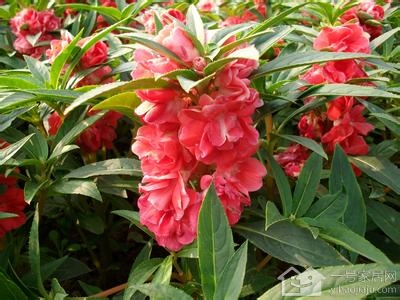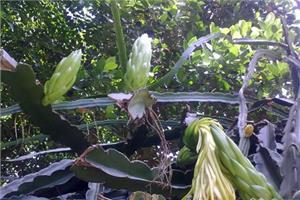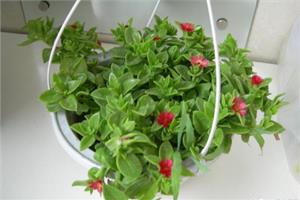How to cultivate the natural nail-dyed flower impatiens
Speaking of henna, I believe that girls who love beauty used its petals to dye their nails when they were young. Impatiens can not only be used as a decorative potted plant to beautify the room, but also provide the most natural nail dyeing method for ladies who love beauty.

1. Soil: impatiens like sunny topography and loose and fertile soil, and can also grow in poorer soil. After planting, the main stem of the plant should be topped to enhance its branching ability and the plant shape is plump.
2. Sowing: due to the small planting and long life span of impatiens, it is suitable for direct seeding in March in the south; in the north, direct seeding can be carried out in April, the planting can be evenly scattered into the ditch, and the soil will be covered in time, and then watered in time, which is beneficial to the growth of impatiens seeds. Impatiens should keep the soil moist after sowing. Its growth temperature is generally 25 ℃, and it begins to emerge in about 5 days. Impatiens usually uses 500g per 667m2. Making balsamine with reasonable honey can make impatiens high quality and high yield.
3. Light and temperature. Impatiens is light-loving and shady, and receives at least 4 hours of scattered sunlight every day. Shade should be carried out in summer to prevent excessive temperature and hot sun exposure. The suitable growth temperature is 16 ℃ 26 ℃, and the ambient temperature at flowering stage should be controlled above 10 Mel. Enter the greenhouse in winter to prevent the cold.
4. Fertilization: impatiens like fertilizer, 50 to 100ppm nitrogen fertilizer should be used in the first three weeks after cultivation, and 100ppm nitrogen fertilizer should be used in the next three weeks according to soil analysis. After fertilization, watering every two weeks to avoid salt damage, if the plant leaves curl, dark green is a sign of high salinity.
5. Watering: irrigation should be done in time after planting. Pay attention to watering during the growing period, often keep the basin soil moist, especially in summer, but do not accumulate water and the soil is too wet for a long time.
6. Florescence: it is understood that if the flowering time of impatiens is postponed, it can be sown in early July; the method of heart picking can also be used, and at the same time, the early flowers and buds can be removed in time, so that the plant continues to expand. Generally, topdressing is carried out once in 15 Mul for 20 days. Impatiens usually form more buds at the end of September.
7. Management. In order to prevent weeds from grabbing water after emergence, impatiens should loosen the soil and weed at the right time, and should be watered in time during drought. Impatiens in the seedling height of 30,000,000 meters, should be the lower part of the stem of the old leaves should be removed in time, take off the top, can make it more branched. Impatiens apply cake fertilizer 40kg per mu, sprinkle fertilizer in the ditch and water it in time, which is beneficial to the flowering of impatiens.
8. Pest control: the main diseases and insect pests of impatiens are Botrytis cinerea, Pythium, powdery mildew and Rhizoctonia. Low salt and proper watering can avoid Pythium. Attention should be paid to the prevention and control of fungal mosquitoes during flowering, which can be controlled with 35 ounces / 100GAL.
The above is the relevant introduction of this article, I believe you have a simple understanding of this after reading it, if necessary, you can continue to pay attention to the No. 1 home network for more information.
Related
- Wuhan Hospital Iron Tree Blooming Result Was Instantly Frightened by the Gardener Master
- Which variety of camellia is the most fragrant and best? Which one do you like best?
- What is the small blue coat, the breeding methods and matters needing attention of the succulent plant
- Dormancy time and maintenance management of succulent plants during dormancy
- Minas succulent how to raise, Minas succulent plant pictures
- What are the varieties of winter succulent plants
- How to raise succulent plants in twelve rolls? let's take a look at some experience of breeding twelve rolls.
- Attention should be paid to water control for succulent plants during dormant period (winter and summer)
- Watering experience of twelve rolls of succulent plants
- Techniques for fertilizing succulent plants. An article will let you know how to fertilize succulent plants.



